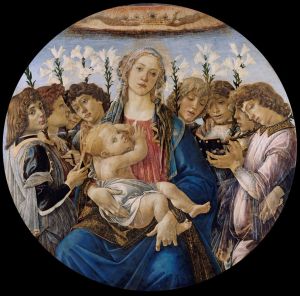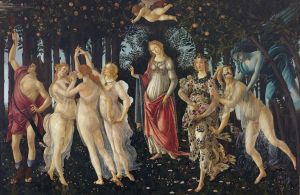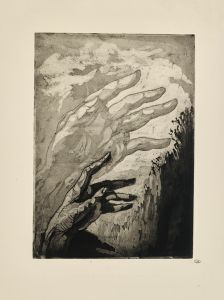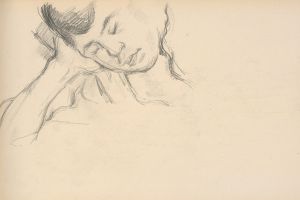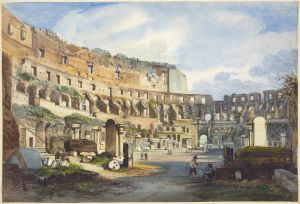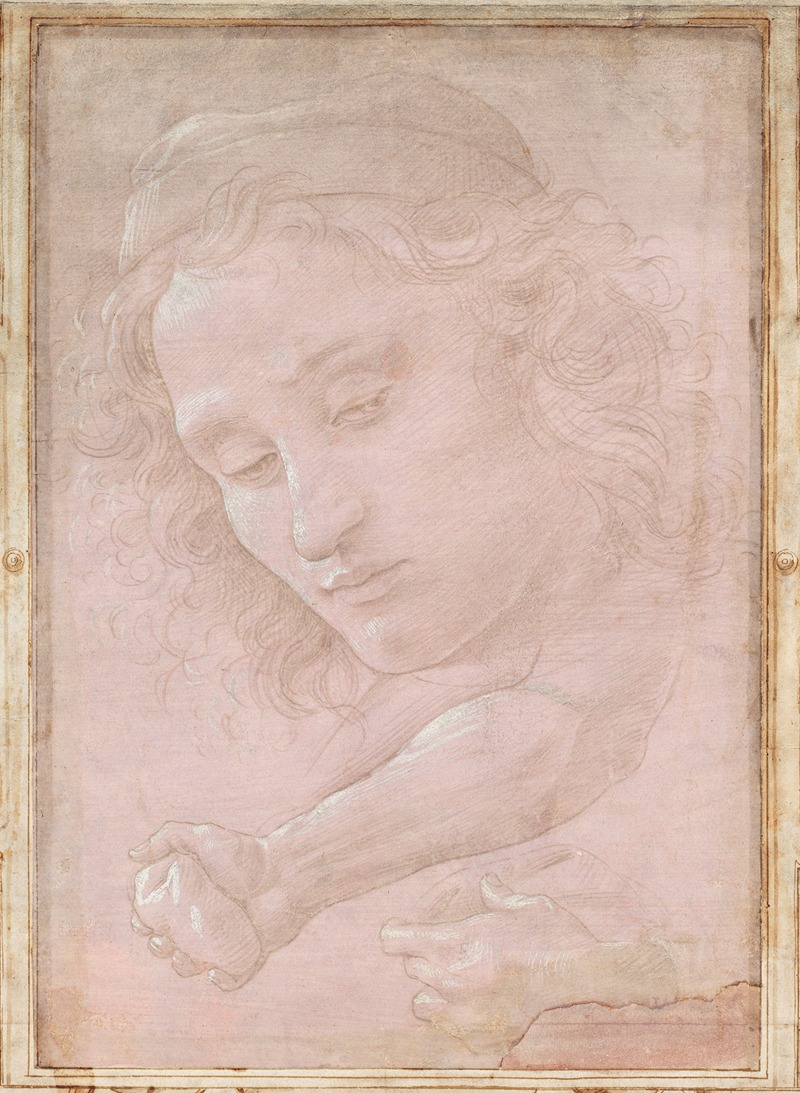
Head of a Youth Wearing a Cap; a Right Forearm with the Hand Clutching a Stone; and a Left Hand Holding a Drapery
A hand-painted replica of Sandro Botticelli’s masterpiece Head of a Youth Wearing a Cap; a Right Forearm with the Hand Clutching a Stone; and a Left Hand Holding a Drapery, meticulously crafted by professional artists to capture the true essence of the original. Each piece is created with museum-quality canvas and rare mineral pigments, carefully painted by experienced artists with delicate brushstrokes and rich, layered colors to perfectly recreate the texture of the original artwork. Unlike machine-printed reproductions, this hand-painted version brings the painting to life, infused with the artist’s emotions and skill in every stroke. Whether for personal collection or home decoration, it instantly elevates the artistic atmosphere of any space.
Sandro Botticelli's "Head of a Youth Wearing a Cap; a Right Forearm with the Hand Clutching a Stone; and a Left Hand Holding a Drapery" is a preparatory drawing attributed to the renowned Italian Renaissance artist. Botticelli, whose full name was Alessandro di Mariano di Vanni Filipepi, is best known for his iconic works such as "The Birth of Venus" and "Primavera." This particular drawing, however, showcases his skill in draftsmanship and his ability to study human anatomy and gesture in preparation for larger compositions.
The drawing is executed in metalpoint on paper, a medium that was commonly used during the Renaissance for its precision and fine detail. It features three distinct studies: the head of a young man wearing a cap, a right forearm gripping a stone, and a left hand holding a piece of drapery. These elements suggest that the drawing was likely created as a study for a larger, more complex work, possibly a painting or fresco. The careful attention to anatomical detail and the dynamic positioning of the hands reflect Botticelli's mastery of human form and movement.
The purpose of the drawing remains uncertain, as no definitive connection to a specific finished work has been established. However, it is consistent with the practices of Renaissance artists, who often created preparatory sketches to refine their ideas and compositions. The inclusion of the hand clutching a stone may indicate a narrative or symbolic context, though the exact meaning is not documented.
This drawing is an example of Botticelli's ability to convey both naturalism and elegance in his studies. The youth's face is rendered with delicate lines, capturing a sense of individuality and expression, while the hands demonstrate a focus on anatomical accuracy and the interplay of light and shadow. Such studies were essential to the creative process of Renaissance artists, allowing them to experiment with poses, gestures, and details before committing to a final composition.
The drawing is currently housed in the British Museum in London, where it is part of the museum's extensive collection of Renaissance art. It provides valuable insight into Botticelli's working methods and his approach to the study of human anatomy and drapery. As with many preparatory works, it offers a glimpse into the artist's creative process and serves as a testament to his skill and dedication to his craft.







